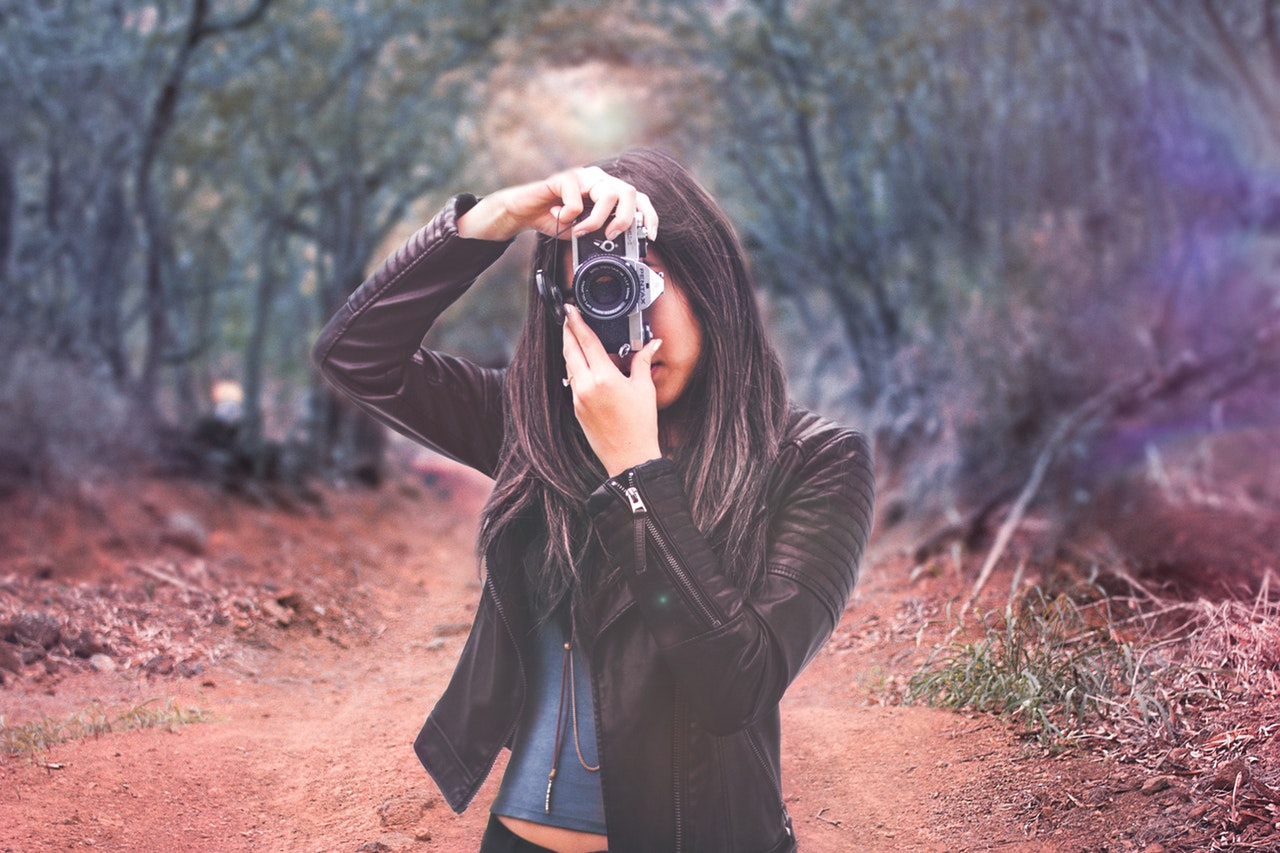How to take professional-looking travel photos
Whether you’re living the digital nomad life on a sunny beach, adventure trekking in the backcountry or putting in the miles on a dream road trip, chances are that you’re going to want to capture some memories along the way. While taking high-quality, professional-looking photos is rewarding as a matter of accomplishment and aesthetic achievement in and of itself, if you’re like most travelers, then you will also want to share these great shots.
Ephemeral and lasting social media such as Snapchat and Instagram put photo and video sharing at the forefront of their experience and are ideal for building an audience and market for your work. Travel photography is a great way to break into paid work since it involves exciting-looking places and dramatic scenery and comes with a built-in customer base of tourism-related businesses. You can sell photos for specific coverage in articles or campaigns or more general use online as a website background or blog header. Dreamstime, a stock media site, buys professional-looking travel photography, and you can learn more on their blog about earning a little extra cash or paying for your travels by selling travel photos to them.
The Dreamstime blog is also a great place to read about catching the perfect shots and going professional with your photography. Here are three ways that you can develop your photography skills and capture incredible in-demand travel photos:
Consider color
Photos that pop tend to follow significant color theory principles. Learn about the color wheel and different combinations that work, then keep an eye out for photos that bring together these elements. For some, this is an instinct that tells them when a subject just looks right. For others, studying what works with color can help them spot an opportunity. Post-processing is another tool in the professional photographer’s kit. Tweaking settings and adding filters can help make a good photo shine even brighter. Not every magical-looking landscape started out that way.
Mind the movement
Framing, the Rule of Thirds, focal point, foreground, midground, background, leading lines and composition are all a big part of taking your travel photography to the next level. As with color theory, while you may have a strong natural sense for what works, investing in understanding the principles behind the best shots can only help your work have more polish and appeal. Some photographers tend to lean toward a certain compositional approach in most of their work, which becomes their artistic signature. Look for opportunities to frame a shot within naturally occurring elements. Pick a clear focal point and don’t let the shot get too crowded, unless you’re intentionally emphasizing the complexity or pattern. Consider how shapes can draw attention toward or away from the subject of your photo. A more thorough understanding of movement, space and geometric principles will help you take shots that people respond to.
Stick to stories
Since people often think of travel photography as the domain of dramatic landscapes or buzzing cityscapes, it’s easy to forget that human beings respond to stories. Consider whether you’re missing opportunities to convey an emotion or hint at purpose, direction or a secret motive in your subject. Narrow the focus or include elements that show activity or intent. This can be a challenge because live subjects move around and refuse to repeat actions or portray what you want. You really must be on the ball to get these shots, but when you do capture that perfect moment in time, you’ll find that people will respond strongly to the results. This can also show the difference between photographers with an on-point social media game and photographers with a passionately loyal fanbase who enjoy major contracts knocking down the door to work with them.
It’s up to you how far you take these principles. A little research can help you up your game and impress friends and family. With some progress, you might find yourself making a little money on influencer marketing or selling photos to stock sites. You could also earn money while heading off to places that you’ve only dreamed of to cover them for brand-name sites, journals and businesses. Great equipment makes a difference for sure, but without understanding and applying the underlying principles of great photography, an expensive camera won’t do much more for you than your phone will. Step up your game with great color theory, a strong sense of composition and an eye for visual storytelling, and who knows where your photos will take you.

